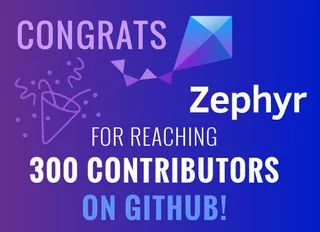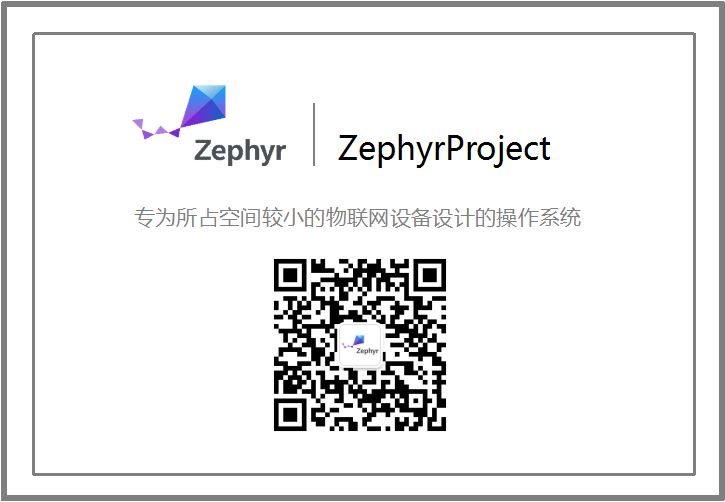M I L E S T O N E
MILESTONE

Vibrancy and diversity have long been recognized as one of the hallmarks of success in the open-source community. Since the first commit, the Zephyr project has been dedicated to creating a vendor-neutral space where any developer, whether from large companies, independent consulting firms, enthusiasts, or students, can collaborate to build an innovative and targeted RTOS.
Today, we are pleased to announce that the Zephyr project has reached an important community milestone with over 300 independent contributors!
The developer community of the Zephyr project is diverse, just as their contributions to Zephyr are varied at different levels.
Currently, our community consists mainly of professionals working on the project, such as developers from platinum member companies like Intel, Linaro, NXP, and Nordic Semiconductor. However, in the past 12 months, the number of developers contributing to the Zephyr project has increased, including those from silver member companies like Oticon and Synopsys, as well as contributors from universities, small companies, and non-member organizations. In the coming year, with the addition of new member organizations and the growth of the user community, we expect the committer community to continue to grow rapidly. With this growth, we very much hope that Zephyr OS will continue to drive innovation and collaboration in the IoT space.

For committers, deciding to join the open-source community is an important decision. Besides choosing an open-source RTOS based on functionality, security, and the number of supported development boards and drivers, developers looking for a project to invest their time in are concerned about more than just the code. So why do people join the Zephyr community?
Zephyr is a vendor-neutral project managed by an independent Technical Steering Committee and a Governing Board. This means that technical decisions and decisions about how to evaluate and incorporate contributions to the project are transparent and have perspectives from community representatives. This allows the project to integrate multiple viewpoints, respond quickly to community needs, and better keep pace with the evolving IoT and embedded ecosystem.

On behalf of the entire team behind the Zephyr project, we thank every contributor; you help this project become one of the fastest-growing real-time operating systems on the market.
If you are interested in joining the Zephyr project, please refer to our contributor guide. You can learn more about the contributor community on our GitHub page. Visit our roadmap to see the work Zephyr developers are doing for the upcoming 1.13 release and beyond. For more community updates, events, and announcements, please stay tuned!
About the Author
Thea Aldrich, The Zephyr Project Evangelist and Developer Advocate
About the Zephyr Project
The Zephyr Project is a small, scalable operating system, particularly suitable for resource-constrained hardware systems, supporting multiple architectures; it is highly open-source, completely accessible to the developer community, allowing developers to modify the system as needed to support the latest hardware, tools, and device drivers; it is a highly modular platform that easily integrates third-party libraries and embedded devices of any architecture.
